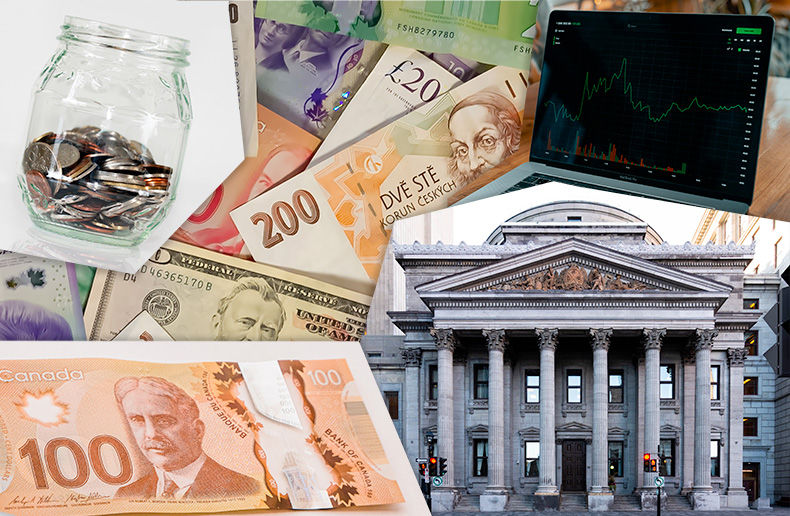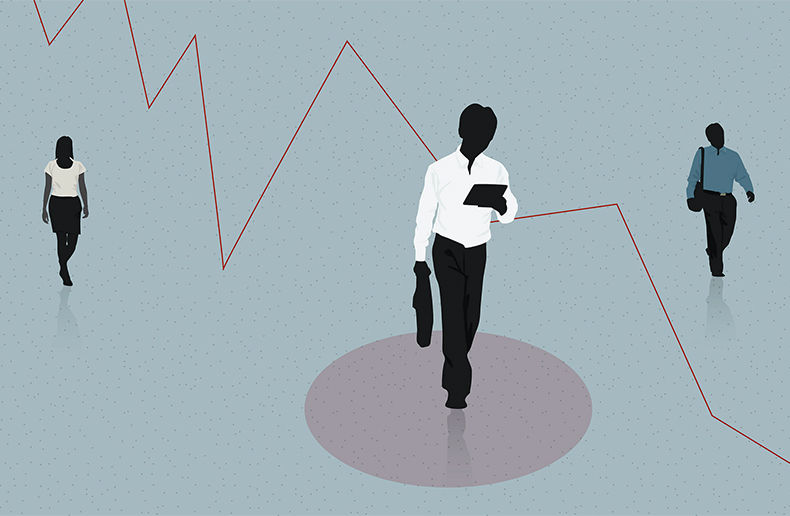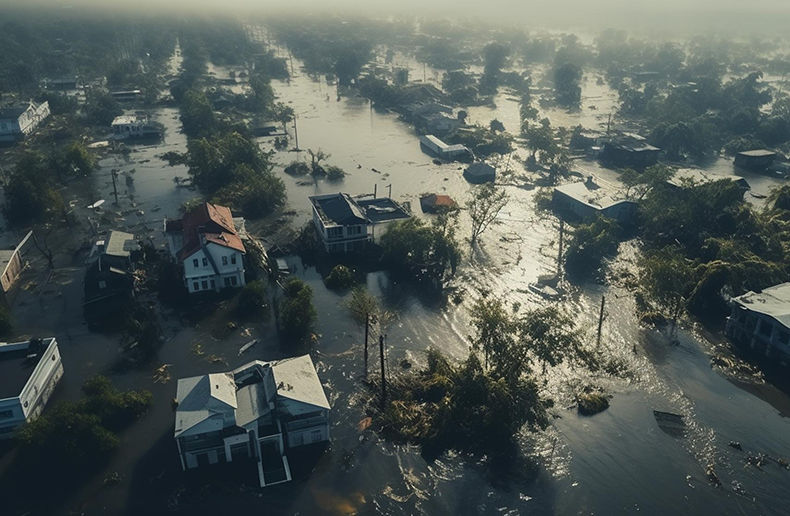Finding a new gear, and other pandemic observations
By
Kate McCaffery
|
June 25, 2021, 4:02 p.m.

Photo: Freepik
As CEO of Sun Life, Dean Connor has a unique view of the pandemic’s effects on everything from the way employees have engaged with clients to the speed with which decision-making occurs – and also how these developments are shaping the company and the industry for the future.
This article is reserved to PRO Level subscribers
Discover the PRO Level
Already subscribed? Sign in >
Advertisement
Related topics …










